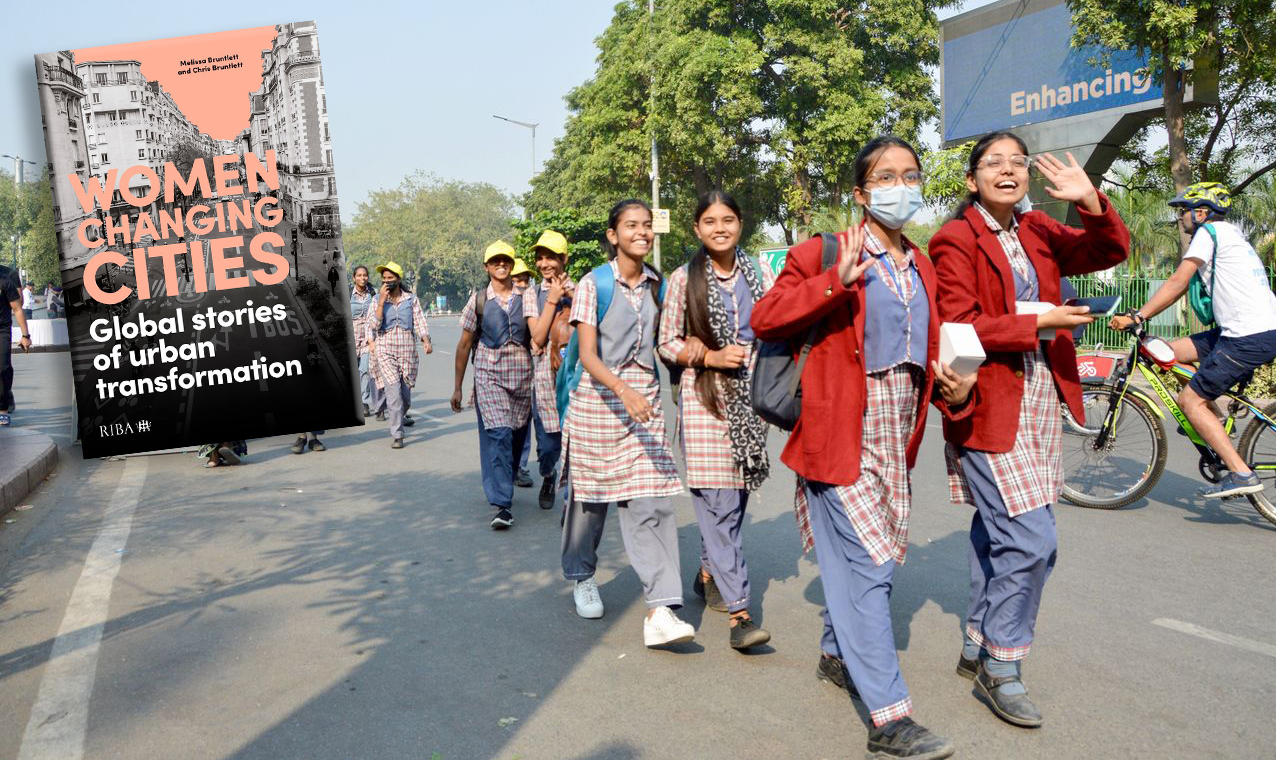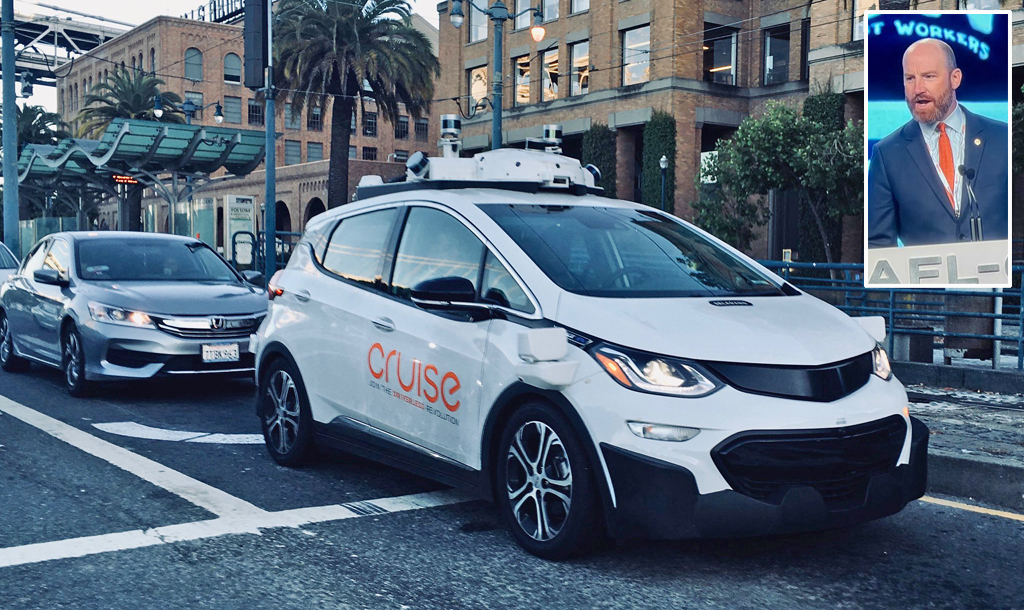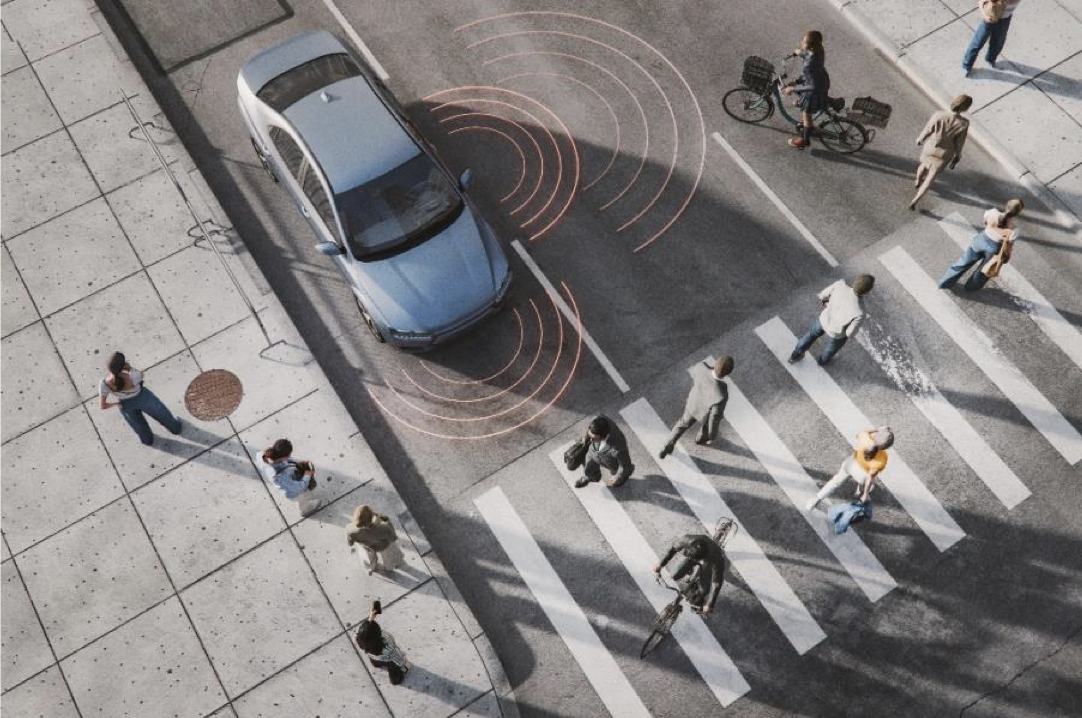As we noted the other day, First Lady Michelle Obama has launched a multifaceted initiative to reduce child obesity in the United States called Let's Move. It's a campaign that emphasizes the ways in which getting children up and active can help to improve their health for a lifetime.
The Let's Move agenda focuses on access to healthy foods, outdoor play time, family involvement and healthier schools. But in an article published on The City Fix yesterday, Megan McConville writes that one important piece is so far missing from the mix: planning and design. McConville has some suggestions to fix that:
For healthier kids, we need healthier street design. (Photo: massdistraction via Flickr)
Obviously, Michelle Obama and her task force can’t take on every issue tied to obesity, but targeted active community design strategies can be highly effective ways to integrate activity into the everyday lives of children. For example, "complete streets" and bicycle infrastructure
make it safer and easier for kids to bike and walk. Taking public
transportation allows for more activity than riding in a car. Traffic
calming and design mechanisms focused on pedestrians instead of
motorists make streets less dangerous for children. And creating
compact, walkable, mixed-use communities with nearby destinations and
vibrant streetscapes mean more daily activity for children and their
parents, and more open space for them to play in.The First Lady could build on past efforts that successfully
connected planning, physical activity and children's issues. For one,
the former Mayor of Bogotá, Enrique Peñalosa, showed us how orienting an urban revitalization effort around kids’ needs can be advantageous for everyone. According to his philosophy,
a city that is safe and enjoyable for children -- our most vulnerable
population -- is a good city.…The First Lady should include the U.S
Department of Transportation, Housing and Urban Development,
Environmental Protection Agency and Office of Urban Affairs leadership
in her task force, and she should reach out to mayors across the
country (she has the support of two already). This group could piggyback on the good work already being done through the federal Livability Initiative and by groups like the U.S. Conference of Mayors.
More from around the network: The Transport Politic on Indianapolis's big transit plans. Imagine No Cars on support for active transportation in Missoula, Montana. And Travelin' Local on efforts to become more bike-friendly in Long Beach, California.





